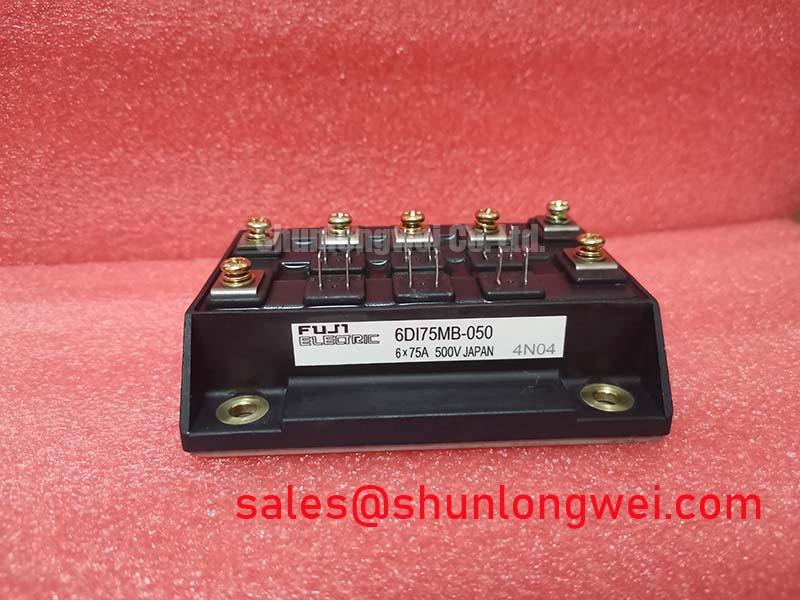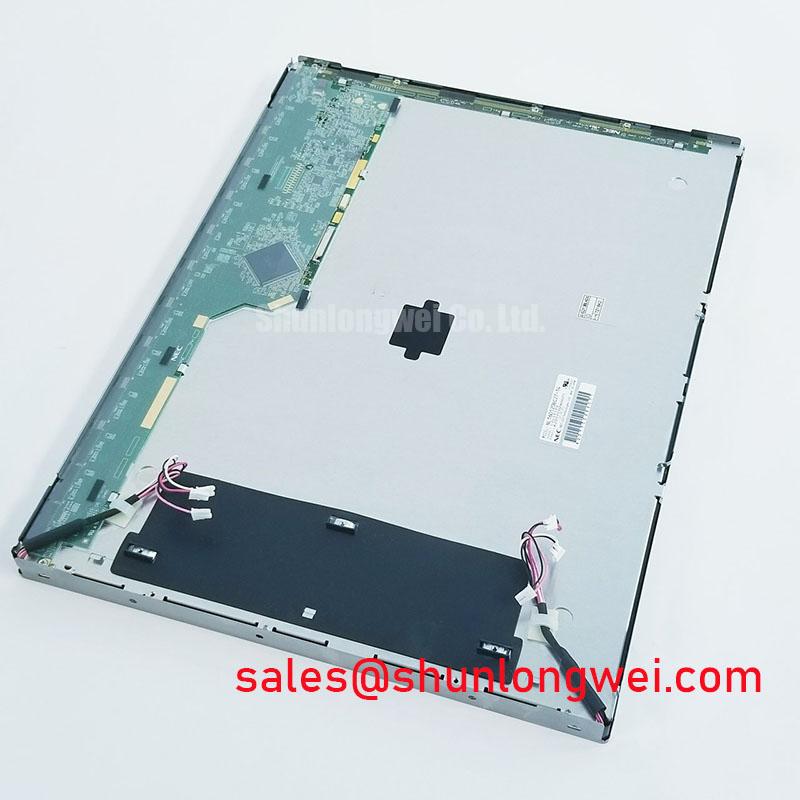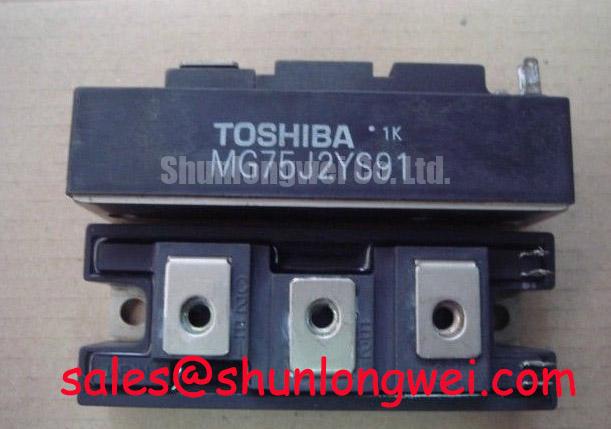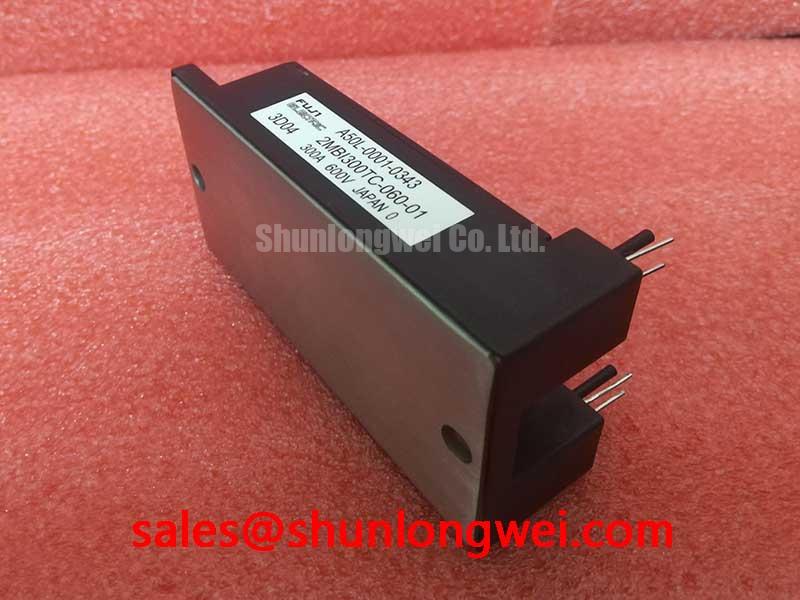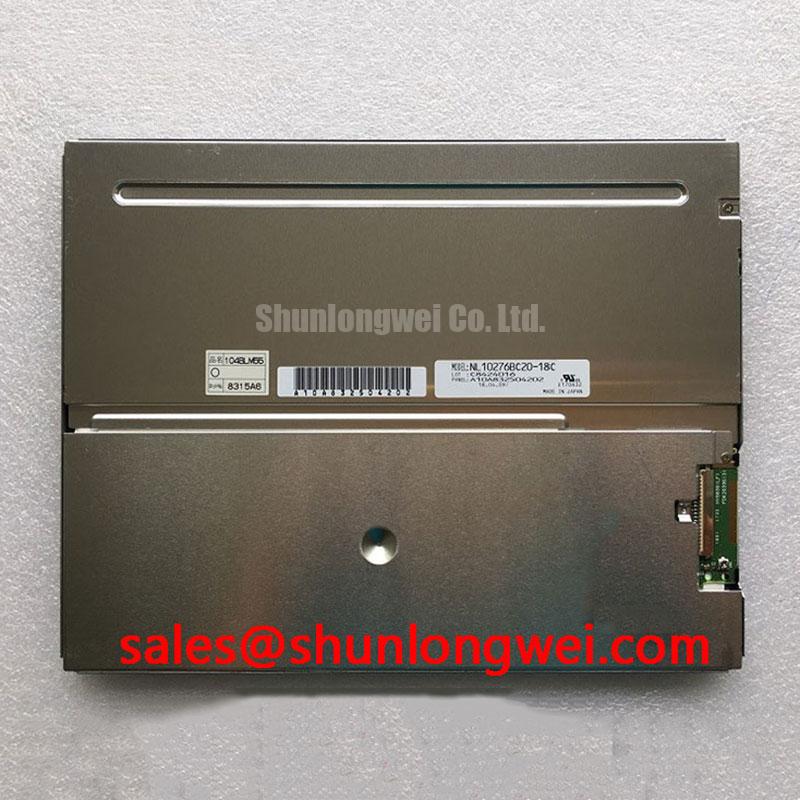AUO B104SN01 V0: An Engineer's Guide to this 10.4-inch SVGA TFT-LCD Module
Introduction and Key Highlights
The AUO B104SN01 V0 is a 10.4-inch a-Si TFT-LCD module engineered for consistent performance in legacy industrial and commercial applications. Delivering a functional balance of resolution and reliability, it is built upon established TN display technology. Key specifications include: 800x600 SVGA Resolution | 150 nit Brightness | LVDS (1 ch, 6-bit) Interface. This module provides a long-life CCFL backlight and a straightforward, low-voltage signaling interface. It directly addresses the need for a durable display solution in environments where proven technology and consistent operational parameters are paramount. For applications requiring a standard 4:3 aspect ratio display with reliable, long-term availability, the B104SN01 V0 offers a focused and effective solution.
Key Parameter Overview
Decoding the Specs for System Integration
The technical specifications of the B104SN01 V0 are tailored for integration into systems where clarity, reliability, and ease of implementation are primary design drivers. The parameters below define its operational envelope and are critical for interface design and power budgeting.
| Feature | Specification | Engineering Value |
|---|---|---|
| Display & Optical | ||
| Screen Size | 10.4 inches | Provides a standard, compact viewing area suitable for many HMI and control panel designs. |
| Resolution | 800(RGB)×600 [SVGA] | Offers sufficient pixel density for clear representation of graphical user interfaces and data readouts. |
| Display Technology | a-Si TFT-LCD, TN, Normally White | A mature technology known for its fast response times and cost-effectiveness. The "Normally White" state is a key detail for system failure analysis. |
| Brightness | 150 cd/m² (Typ.) | Suitable for indoor or controlled-lighting environments typical in industrial control rooms or embedded systems. |
| Contrast Ratio | 250:1 (Typ.) | Delivers clear differentiation between light and dark content for typical UI elements. |
| Viewing Angle | 45/45/15/35 (L/R/U/D) (Typ.) | Defines the optimal viewing cone; critical for designing enclosures and determining operator sightlines. |
| Backlight & Interface | ||
| Backlight Type | CCFL, 10,000 hours (Typ.) | A proven and reliable backlight technology with a specified typical lifetime, essential for maintenance scheduling and calculating total cost of ownership. |
| Signal Interface | LVDS (1 channel, 6-bit) | Low-Voltage Differential Signaling offers excellent noise immunity, crucial for industrial settings. The 6-bit depth supports 262K colors. |
| Logic Voltage (VCC) | 3.3V (Typ.) | Allows for direct integration with standard, low-power logic controllers, simplifying power supply design. |
| Mechanical & Environmental | ||
| Outline Dimensions | 236 x 174.3 x 5.9 (mm) | Defines the physical footprint for mechanical integration and enclosure design. |
| Operating Temperature | 0 ~ 50 °C | Specifies the ambient temperature range for reliable operation, a key factor for systems in controlled environments. |
| Storage Temperature | -20 ~ 70 °C | Indicates the safe temperature limits for transportation and storage, critical for supply chain logistics. |
Download the B104SN01 V0 datasheet for detailed specifications and performance curves.
Application Scenarios & Value
System-Level Benefits in Embedded HMIs and Instrumentation
The B104SN01 V0 is engineered for applications where operational consistency and long-term availability are more critical than cutting-edge display features. Its SVGA resolution and standard 4:3 aspect ratio make it a direct fit for upgrading or maintaining legacy industrial equipment, test and measurement devices, and point-of-sale terminals. For an engineer designing a control panel for factory automation, the challenge is often sourcing a display that matches the form factor and interface of an existing system to minimize redesign costs. The B104SN01 V0's standard LVDS interface and 3.3V power input simplify this integration, connecting directly to many single-board computers and legacy controllers without the need for complex signal conversion or power regulation circuitry. The specified 10,000-hour CCFL backlight provides a predictable service life, allowing for planned maintenance cycles rather than unexpected field failures—a crucial factor in maintaining uptime for industrial machinery. While this model provides proven reliability, systems requiring a wider viewing angle or higher brightness for more demanding environments might consider a display like the G104VN01 V0.
Frequently Asked Questions (FAQ)
What is the primary benefit of the LVDS interface on the B104SN01 V0?
The Low-Voltage Differential Signaling (LVDS) interface is a key feature for industrial environments. Its main benefit is superior noise immunity compared to single-ended interfaces like parallel RGB. This means the signal integrity is maintained over longer cable runs and in environments with high electromagnetic interference (EMI), which is common in factory settings with motors and high-power equipment.
How does the 0°C to 50°C operating temperature range impact system design?
This operating range makes the display suitable for indoor, climate-controlled environments such as control rooms, laboratories, or retail spaces. System designers must ensure that the enclosure provides adequate ventilation to keep the ambient temperature around the display within this specified range to guarantee performance and prevent damage. It is not intended for outdoor use or extreme temperature applications.
What does the "Normally White" characteristic of the TN panel signify?
"Normally White" means that if a pixel fails or loses power, it will default to a white, transparent state. This is an important consideration for safety-critical or informational displays. In some applications, a failed pixel appearing white might be less obtrusive or confusing than one that fails to black ("Normally Black" technology), influencing the design of the user interface's fault-state appearance.
Technical Deep Dive
A Closer Look at Backlight and Interface Integration
A critical aspect of integrating the B104SN01 V0 is managing its CCFL backlight system. Unlike modern LED backlights that run on simple DC voltage, the Cold Cathode Fluorescent Lamp (CCFL) requires a high-voltage AC inverter. The datasheet explicitly states the panel is supplied *without* a driver, placing the responsibility on the design engineer to source or design a compatible inverter. The specified 10,000-hour lifespan of the CCFL tube is analogous to the rated lifetime of a mechanical component like a fan; it's a statistical measure (MTBF) that helps in planning the service life of the end product. For reliable operation, the power-on sequencing is crucial. The datasheet specifies precise timings (T1-T5) for applying VCC, the LVDS signal, and the lamp voltage. Applying backlight power before the panel's logic is active can result in an abnormal display state, a detail that must be managed by the system's power management controller to ensure a clean startup every time.
Industry Insights & Strategic Advantage
Maintaining Longevity in Established Industrial Systems
In an industry focused on rapid innovation, the B104SN01 V0 provides a different kind of strategic value: stability. Many industrial control systems, medical devices, and pieces of test equipment certified by bodies like the FDA or under standards from NEC have design lifetimes exceeding a decade. For these systems, sourcing form, fit, and function compatible replacement components is a major engineering and supply chain challenge. The B104SN01 V0, with its use of established technologies like SVGA resolution and a CCFL backlight, serves this critical niche. It allows OEMs to extend the life of their proven and certified product lines without undertaking costly and time-consuming redesigns and re-certifications. This strategy of "designed-in longevity" directly supports a lower total cost of ownership (TCO) for the end-user by prioritizing operational continuity over the adoption of the newest, unproven display technologies.
For inquiries regarding the B104SN01 V0 or to discuss your specific application needs, please contact our engineering support team for detailed guidance and sourcing information.








